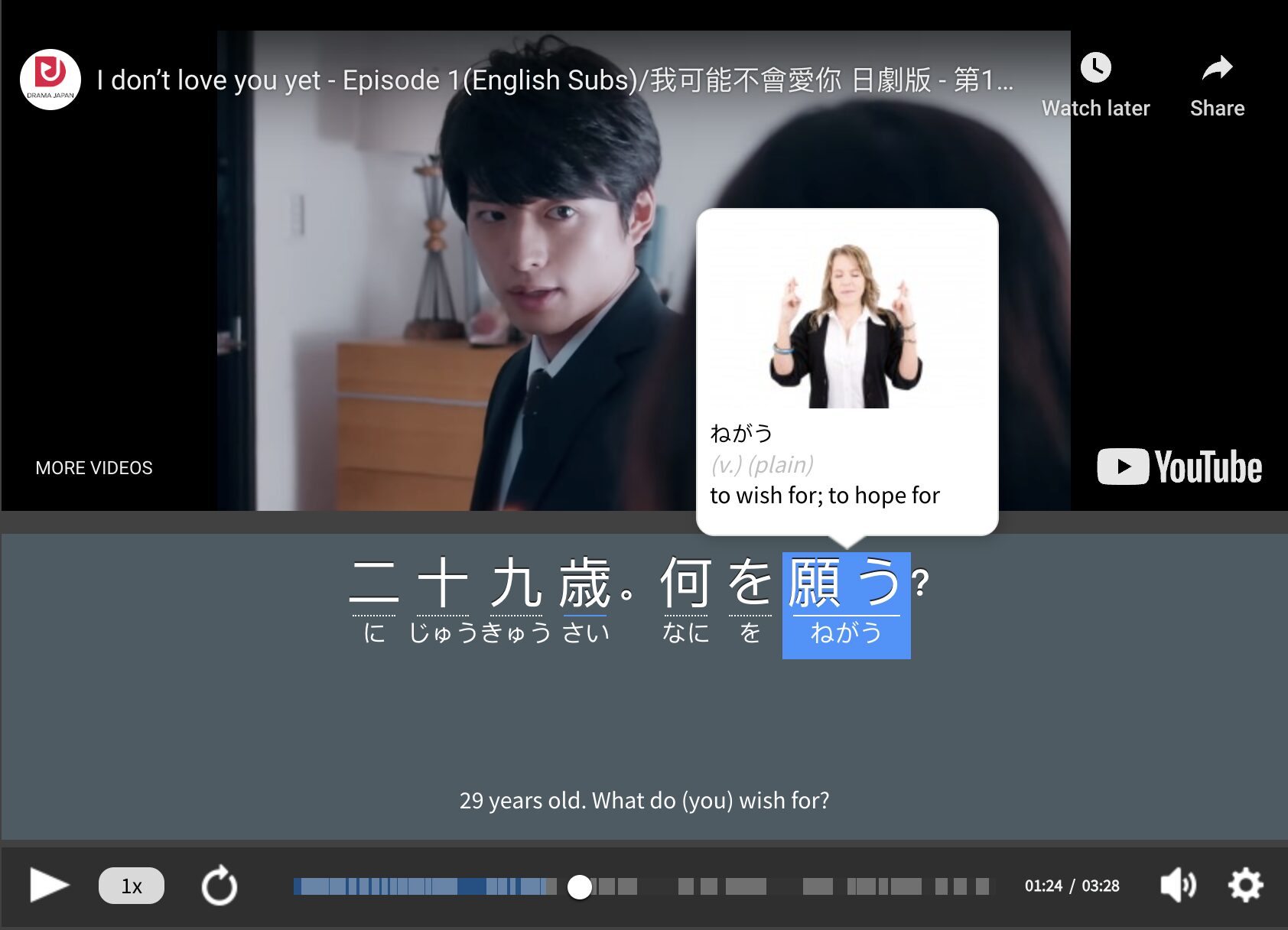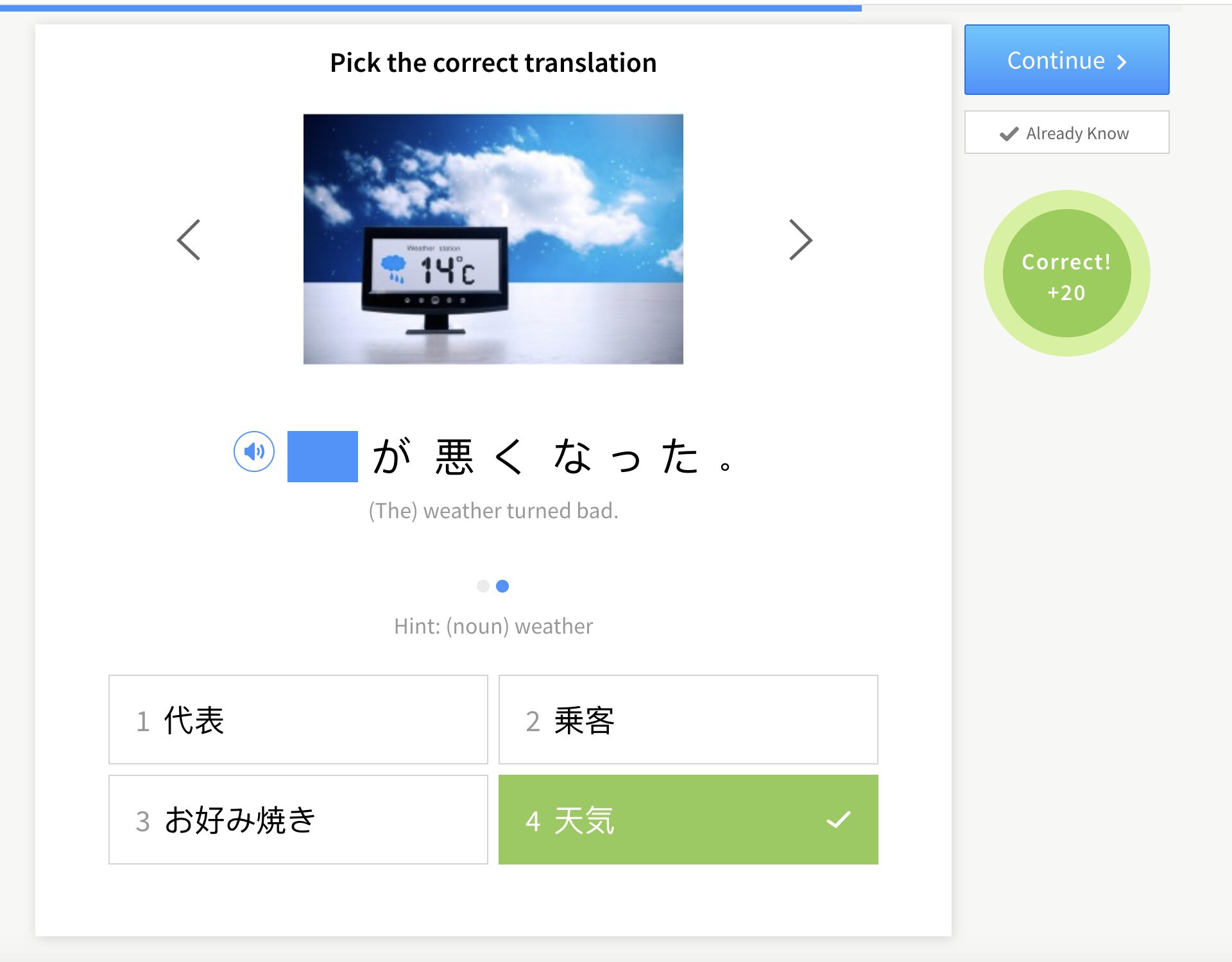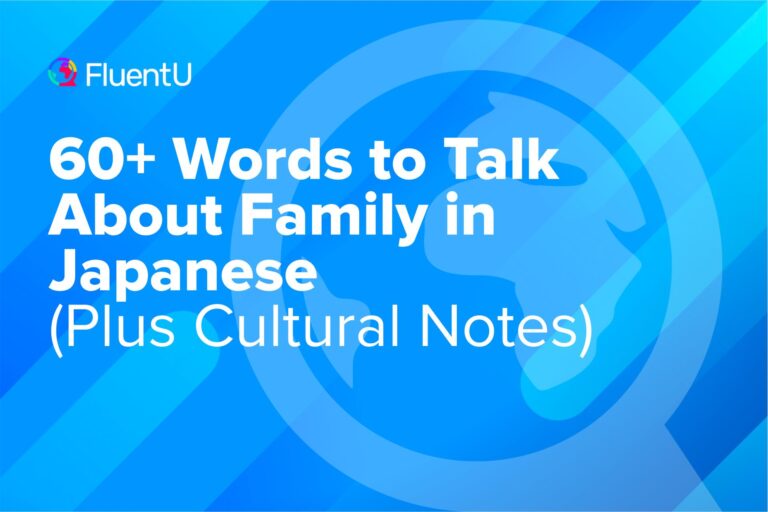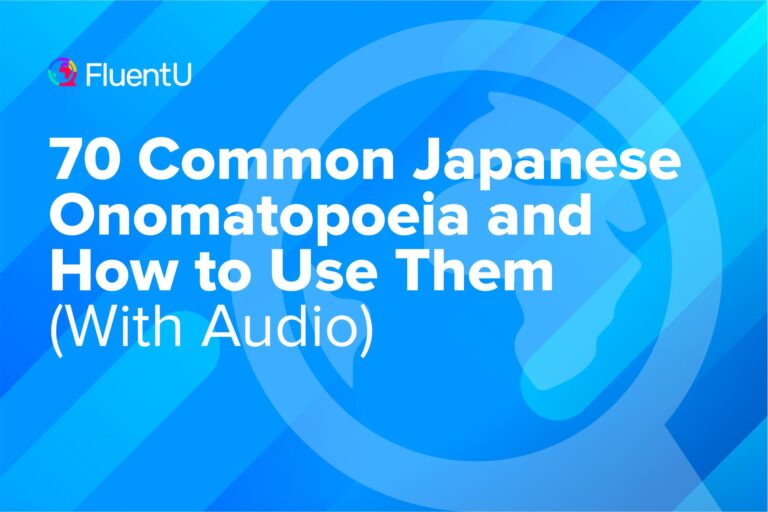18 Japanese Tongue Twisters for Pronunciation Practice
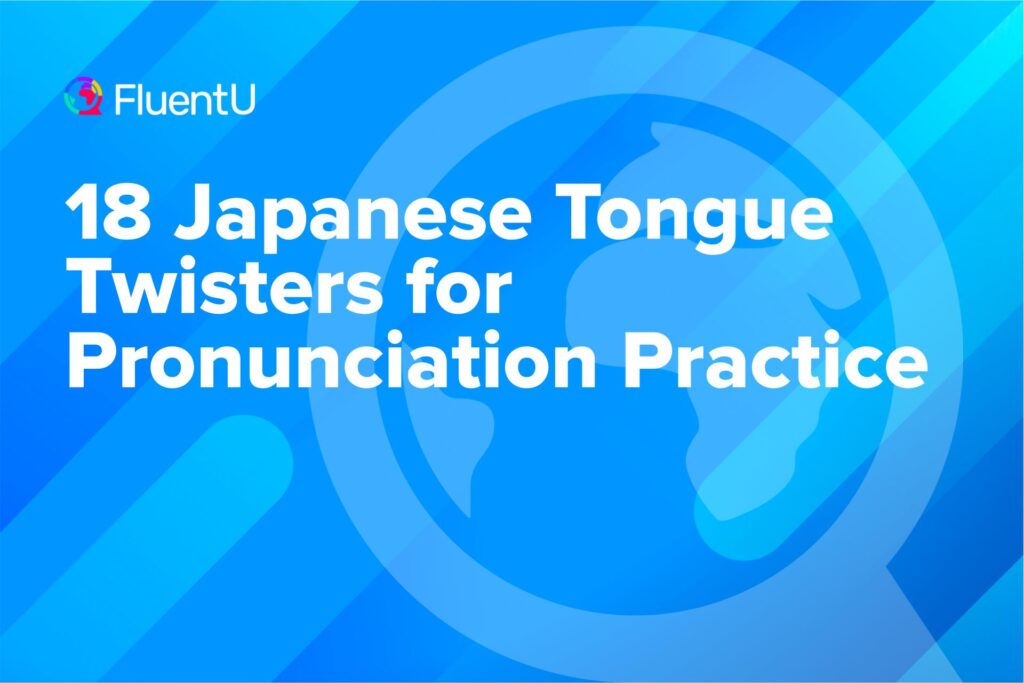
Learning Japanese tongue twisters is more than a fun challenge. It’s a surefire way to improve your pronunciation and increase your vocabulary.
At the very least, you’ll pick up a cool trick to impress Japanese friends.
(Just try them out on your language exchange partner to see what kind of reaction you’ll get!)
In this blog post, you’ll learn 18 Japanese tongue twisters, or 早口言葉 (はやくちことば), and four tips to help you master them.
Download: This blog post is available as a convenient and portable PDF that you can take anywhere. Click here to get a copy. (Download)
1. バスガス爆発
Hiragana: ばすがすばくはつ
English: Bus gas explosion
Start off by taking one word at a time:
バス (ばす) — bus
ガス (がす) — gas
爆発 (ばくはつ) — explosion
Repeat these until you can say them without looking at the text. Remember to keep those “a” sounds short, like the “a” in “that.”
Now comes the tricky bit. Remember that in Japanese, tongue twisters are known as fast-mouth words. So try to say them three times fast.
2. 赤巻紙 、 黄巻紙 、 青巻紙
Hiragana: あかまきがみきまきがみあおまきがみ
English: Red scroll, yellow scroll, blue scroll
Imagine a clerk in old Japan, cataloging his scrolls. Except it’s like the vintage animation in old Scooby Doo episodes, with the same background on an eternal loop.
The same three scrolls keep flashing past as the clerk tries to sort them.
“あかまき がみきまきがみ あおまきがみ, あかまきがみきまきがみあおまきがみ…”
Watch out for all those k sounds.
Once you’ve learned to say this, it should be a breeze to say normal sentences in Japanese, like:
暖かくなかった
(あたたかくなかった)
It was not warm
3. 生麦生米生卵
Hiragana: なま むぎなまごめなまたまご
English: Raw wheat, raw rice, raw eggs
This one is a Japanese favorite, and I’ve heard it the most while chatting with Japanese students.
One of the joys of traveling in Japan is exploring all the delicious regional cuisine.
Thus, the words in this tongue twister are all important kanji or 漢字 (かんじ) to learn since they commonly appear on Japanese menus.
If you’re planning a trip to Japan, you’ll want to recognize the 漢字 for the staple foods, such as:
麦 (むぎ) — wheat
米 (こめ) — rice, uncooked
卵 (たまご) — egg
For example, if you’re celiac, then you’ve got to remember how to ask,
麦が入っていますか
(むぎがはいっていますか)
Is there wheat in this?
4. 李も桃も桃のうち
Hiragana: すもももももももものうち
English: Both plums and peaches are members of the peach family
When I first started learning Japanese, someone told me that they found 漢字 easier to read than かな or kana. I thought they were crazy.
In my opinion, learning hiragana and katakana was simple with the right strategies.
However, I soon came to agree. If anything demonstrates the difficulty of reading plain かな, it’s that string of eight consecutive もs in this tongue twister.
Reading the かな alone, it’s tricky to know what this sentence means, as there’s no way to tell from the text alone where one word ends and the next one begins.
Let’s break it up a bit:
李 (すもも) — plum/s
も — “also” particle
桃 (もも) — peach/es
も — “also” particle
桃 (もも) — peach
の うち — the group/ family of
5. 隣りの客はよく柿食う客だ
Hiragana:となりのきゃくはよくかきくうきゃくだ
English: The guest next door eats a lot of persimmons
One key point to note here is the reading of “くう” for “食.”
You might have seen this 漢字 read more often as the た of 食べる (たべる — to eat).
The “くう” reading of the “食” 漢字 is less polite than “たべる” and tends to be used more by males.
Another thing that makes this tongue twister troublesome is that you have to move your mouth quickly between the single “か” and its fluid compound cousin “きゃ.”
This is an essential thing to get right for proper spoken Japanese.
The difference between these かな can be important in places English speakers might not expect.
For example, in adapting English words to カタカナ, the Japanese sometimes opt for “きゃ” when we might think a plain “か” is closer to the English pronunciation.
A few examples of this are:
キャラクター (きゃらくたー) — character
キャッシュカード (きゃっしゅかーど) — cash card
キャンセル (きゃんせる) — cancel; cancellation
キャスト (きゃすと) — cast
6. 丹羽の庭には二羽鶏俄にワニを食べた
Hiragana: にわのにわにはにわにわとりにわかにわにをたべた
English: In (Mr.) Niwa’s garden, two chickens suddenly ate a crocodile
One day, a crocodile was hanging out in Mr. Niwa’s garden when two chickens came and ate him out of nowhere.
Mr. Niwa was shocked by what he saw and had to document it.
…Or, someone took this original, shorter Japanese tongue twister and decided it was far too easy and boring:
庭には二羽鶏がいる
(にわにはにわにわとりがいる)
There are two chickens in the garden
This original phrase is shown in the video above, as it’s a bit more common.
Let’s break this one down:
丹羽 (にわ) — family name, imagine there’s a さん affixed, so Mr. or Mrs. Niwa
の — ‘s (possessive)
庭 (にわ) — garden
には — preposition, in/at
二羽 (にわ) — counter for birds
鶏 (にわとり) — chickens
俄に (にわかに) — suddenly
ワニ (わに) — crocodile/alligator
を — this particle marks the direct object of a sentence
食べた (たべた) — ate
Like number five, this tongue twister is much easier to read in 漢字 than in plain かな.
More Japanese Tongue Twisters
| Tongue Twister | Hiragana | English |
|---|---|---|
| 紫紫、紫桜 | むらさきむらさき、むらさきさくら | Purple, purple, purple cherry blossoms. |
| 色は匂へと、散りぬるを | いろはにほへと、ちりぬるを | The fragrant blossoms scatter, as does the dust. |
| 桜桜、桜桜 | さくらさくら、さくらさくら | Cherry blossoms, cherry blossoms. |
| 隣の山は、どしゃ降り | となりのやまは、どしゃぶり | The neighboring mountain is a heavy rain shower. |
| 隣の友達は、飛んで行った | となりのともだちは、とんでいった | My neighbor's friend flew away. |
| ナメクジの舐め草舐めたら舐められる | なめくじのなめくさなめたらなめられる | If a snail licks the licking grass, it can be licked. |
| 隼速く、速く隼 | はやぶさはやく、はやくはやぶさ | Peregrine falcon quickly, quickly peregrine falcon. |
| 葉っぱいっぱい、葉っぱいっぱい | はっぱいっぱい、はっぱいっぱい | Full of leaves, full of leaves. |
| 広い、広いヒマワリ | ひろい、ひろいひまわり | Wide, wide sunflowers. |
| 雪やこんこん、雪やこんこん | ゆきやこんこん、ゆきやこんこん | Snow falling gently, snow falling gently. |
| 蓮華もりもり、蓮華もりもり | れんげもりもり、れんげもりもり | Lotus flowers in abundance, lotus flowers in abundance. |
| ワラビ諸々、ワラビ諸々 | わらびもろもろ、わらびもろもろ | Various types of bracken, various types of bracken. |
How to Practice Japanese Tongue Twisters
Japanese tongue twisters are fun to learn and effective for improving pronunciation and understanding Japanese culture.
Here are a few tips to get the most out of each phrase.
- Practice your pronunciation with similar sounds. The point of tongue twisters is that they’re difficult to say because many sounds are the same, even in our native language. But by focusing on and practicing the difficult words, you’ll eventually learn to say them correctly and distinctly.
- Record yourself saying the Japanese tongue twisters. You can replay the audio using a simple voice recording app to see where you need to improve. Are you forgetting to articulate certain sounds? Are certain sounds giving you more difficulty than others? You’ll also be able to hear your accent and make adjustments where necessary.
- Use them with your Japanese language exchange partner. Ask your exchange partner which tongue twisters are their favorite, which ones they hear or use most often if they have a story about certain phrases and more. You can also ask them for feedback on your pronunciation of each tongue twister.
- Learn difficult and new words in context. Most of these tongue twisters contain words you probably haven’t used before, so they have loads of learning potential. You can learn to use them like a native by immersing yourself in Japanese content, like the curated videos on FluentU.
FluentU takes authentic videos—like music videos, movie trailers, news and inspiring talks—and turns them into personalized language learning lessons.
You can try FluentU for free for 2 weeks. Check out the website or download the iOS app or Android app.
P.S. Click here to take advantage of our current sale! (Expires at the end of this month.)

Japanese tongue twisters—difficult to say, but insanely fun nonetheless. It’s a bonus that they’re also powerful tools to supercharge your pronunciation and vocabulary skills.
Keep working through these phrases, upping your speed gradually until you can say them all smoothly 10 times fast.
(And if you liked playing with tongue twisters, I bet you’d love learning how to use Japanese onomatopoeia, too!)
Download: This blog post is available as a convenient and portable PDF that you can take anywhere. Click here to get a copy. (Download)
And One More Thing...
If you're like me and enjoy learning Japanese through movies and other media, you should check out FluentU. With FluentU, you can turn any subtitled content on YouTube or Netflix into an engaging language lesson.
I also love that FluentU has a huge library of videos picked specifically for Japanese learners. No more searching for good content—it's all in one place!

One of my favorite features is the interactive captions. You can tap on any word to see an image, definition, and examples, which makes it so much easier to understand and remember.
And if you're worried about forgetting new words, FluentU has you covered. You'll complete fun exercises to reinforce vocabulary and be reminded when it’s time to review, so you actually retain what you’ve learned.
You can use FluentU on your computer or tablet, or download the app from the App Store or Google Play. Click here to take advantage of our current sale! (Expires at the end of this month.)
